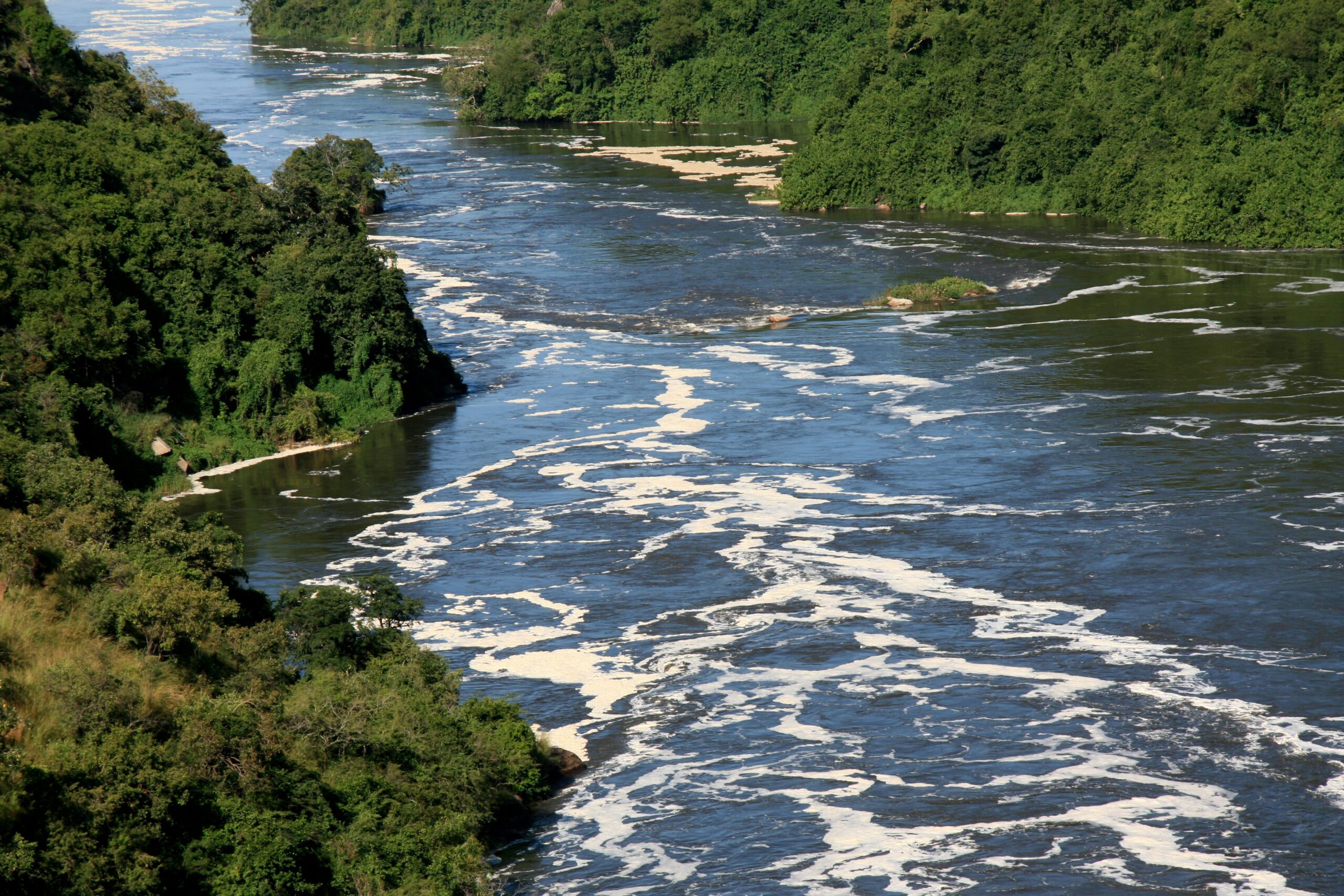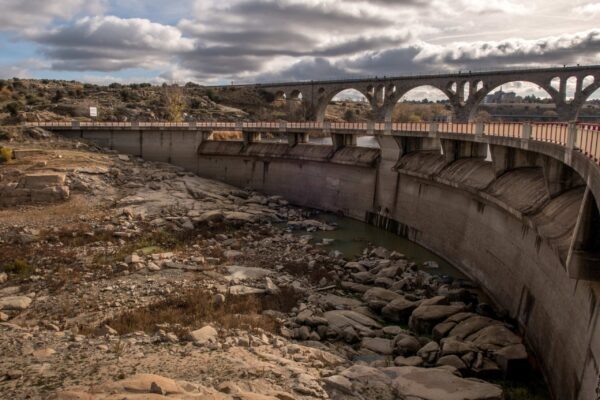Asia’s Imperiled Waterways: Rivers, Seas, and Lakes That Demand Our Protection
From the vast expanse of the Caspian Sea to the winding courses of the Ganges and Mekong, Asia’s water bodies sustain hundreds of millions of people, countless species, and ancient civilizations. Yet rapid industrialization, agricultural runoff, dam construction, and climate change now threaten these lifelines. Understanding which rivers, lakes, and seas face the greatest pressures is the first step toward meaningful conservation.
Major Asian Water Bodies in Urgent Need of Conservation
Each of Asia’s most significant aquatic ecosystems is a vital source of drinking water, irrigation, transport, and biodiversity. The primary focus of all ecological institutions right now is to save the following water bodies due to their enormous importance:
- Caspian Sea (Iran, Kazakhstan, Russia): The world’s largest enclosed inland water body suffers from over-extraction of oil and freshwater inflows diverted for irrigation, causing shoreline retreats and habitat loss.
- Aral Sea (Uzbekistan, Kazakhstan): Once the fourth-largest lake globally, its area has shrunk by over 80% since the 1960s due to Soviet-era river diversions, leaving toxic desert plains and devastated fisheries.
- Lake Baikal (Russia): Holding 20% of Earth’s unfrozen freshwater, Baikal faces threats from paper mills, microplastics, and upstream dam projects that disrupt its unique endemic species.
- Yangtze River (China): Asia’s longest river is choked by pollution, sedimentation, and the impact of the Three Gorges Dam, which has altered flow regimes and fish migrations.
- Ganges River (India, Bangladesh): Sacred yet severely polluted by sewage, industrial waste, and plastic, the Ganges’ declining health now endangers traditional livelihoods and riverine biodiversity.
- Mekong River (China, Southeast Asia): Mega-dams upstream have reduced sediment flows critical to floodplain farming, undermining food security for over 60 million people downstream.
Although this list is far from exhaustive, it highlights the range of challenges like toxic contamination and hydrological alteration, affecting Asia’s freshwater and marine ecosystems. Each of these water bodies underpins local economies, cultural heritage, and fragile wildlife populations; safeguarding them is imperative for regional resilience.
Ecological and Human Toll
In Central Asia, the Aral Sea’s desiccation has triggered salinization of soils, rising dust storms, and respiratory illnesses among former fishing communities. Around Lake Baikal, wastewater from pulp mills has led to algal blooms that suffocate native sponges and fish species found nowhere else on Earth. Along the Yangtze and Ganges, millions of urban dwellers and farmers rely on these rivers for drinking water and irrigation, yet untreated sewage and chemical run-off elevate health risks and impair agricultural productivity.
In Southeast Asia, the Mekong’s shrinking flood pulses threaten the river’s famed fisheries, once yielding three million tonnes of fish annually, while the Salween River remains one of the world’s last free-flowing major rivers, poised for hydropower development that could unleash further ecological harm. Western Asia’s Euphrates and Tigris also bear the scars of dams and diversions, which have reduced flow into the historically fertile Mesopotamian marshlands.
A Collective Responsibility
Asia’s water resources are not inexhaustible resources, but living systems woven into the social fabric of the continent. Our decisions, including reducing plastic use and supporting sustainable agriculture, as global citizens, have an impact on these river basins and lake shores. By promoting policy reforms, investing in environmentally friendly infrastructure, and respecting traditional management practices, we can help ensure that freshwater and marine ecosystems continue to nourish people and wildlife for future generations. Our actions today will determine whether Asia’s rivers, seas, and lakes remain sources of life or become relics of environmental indifference.

